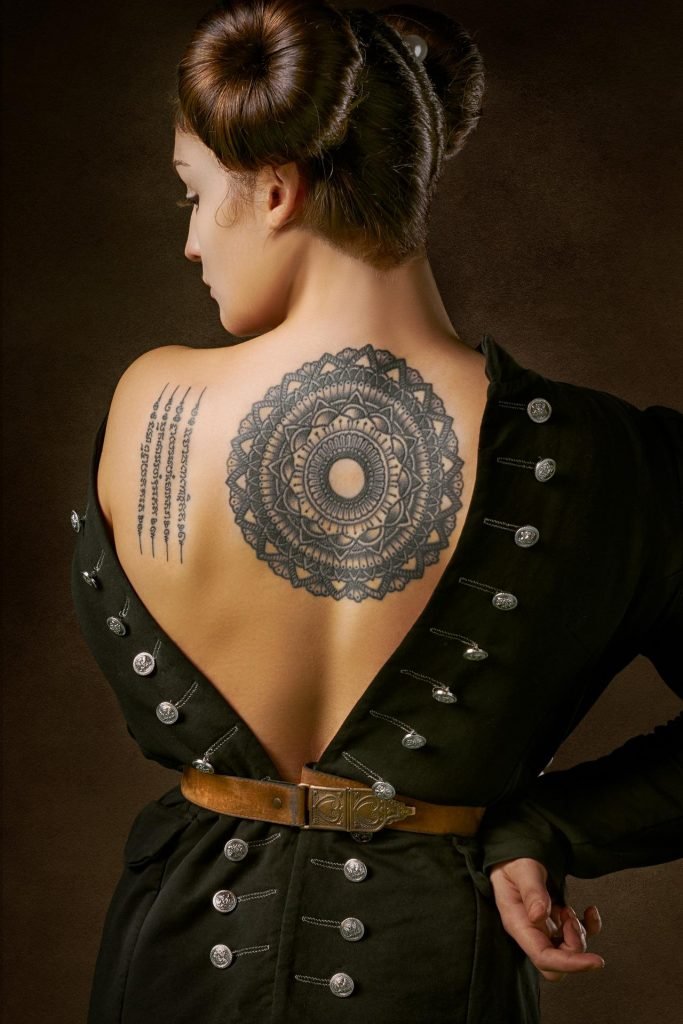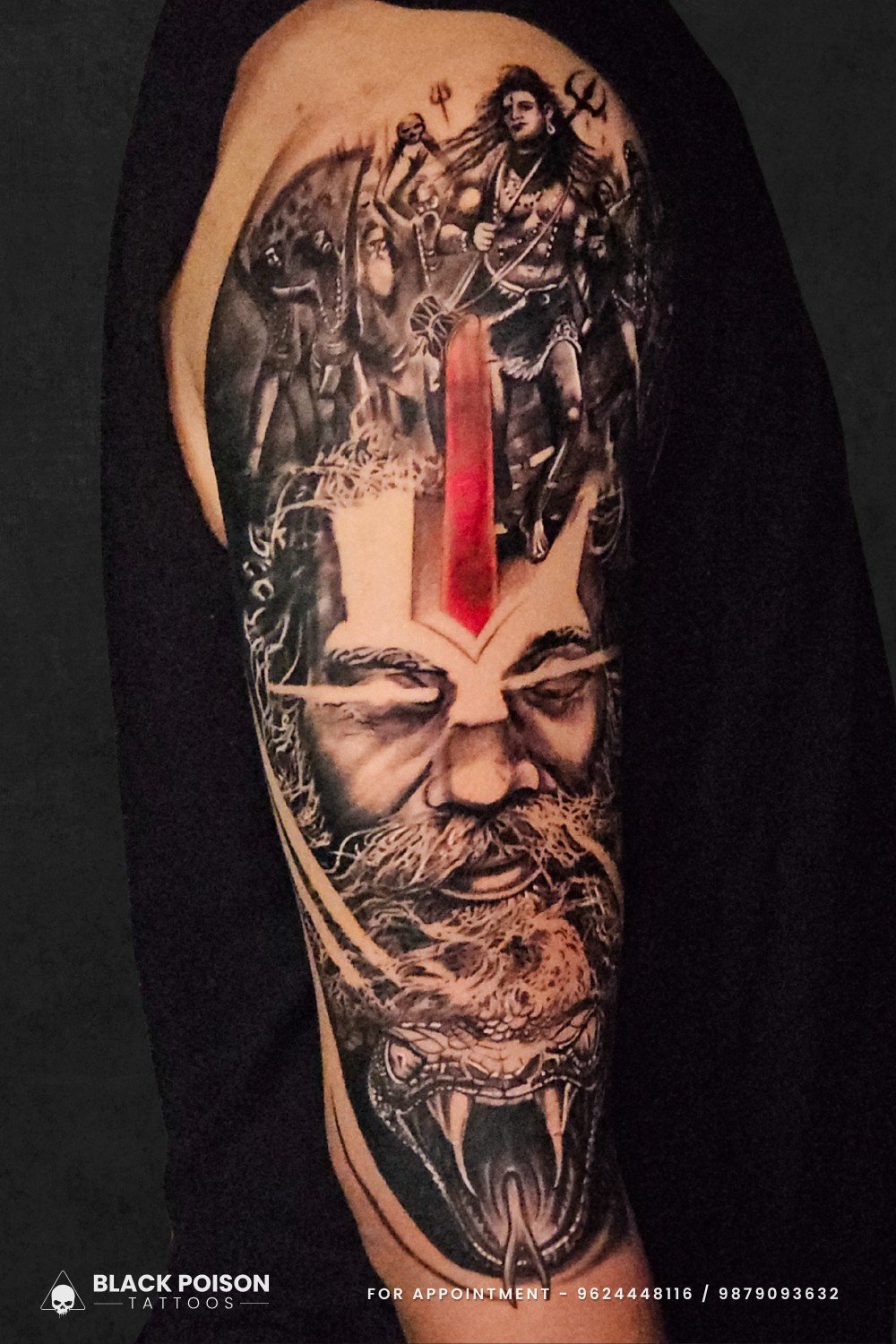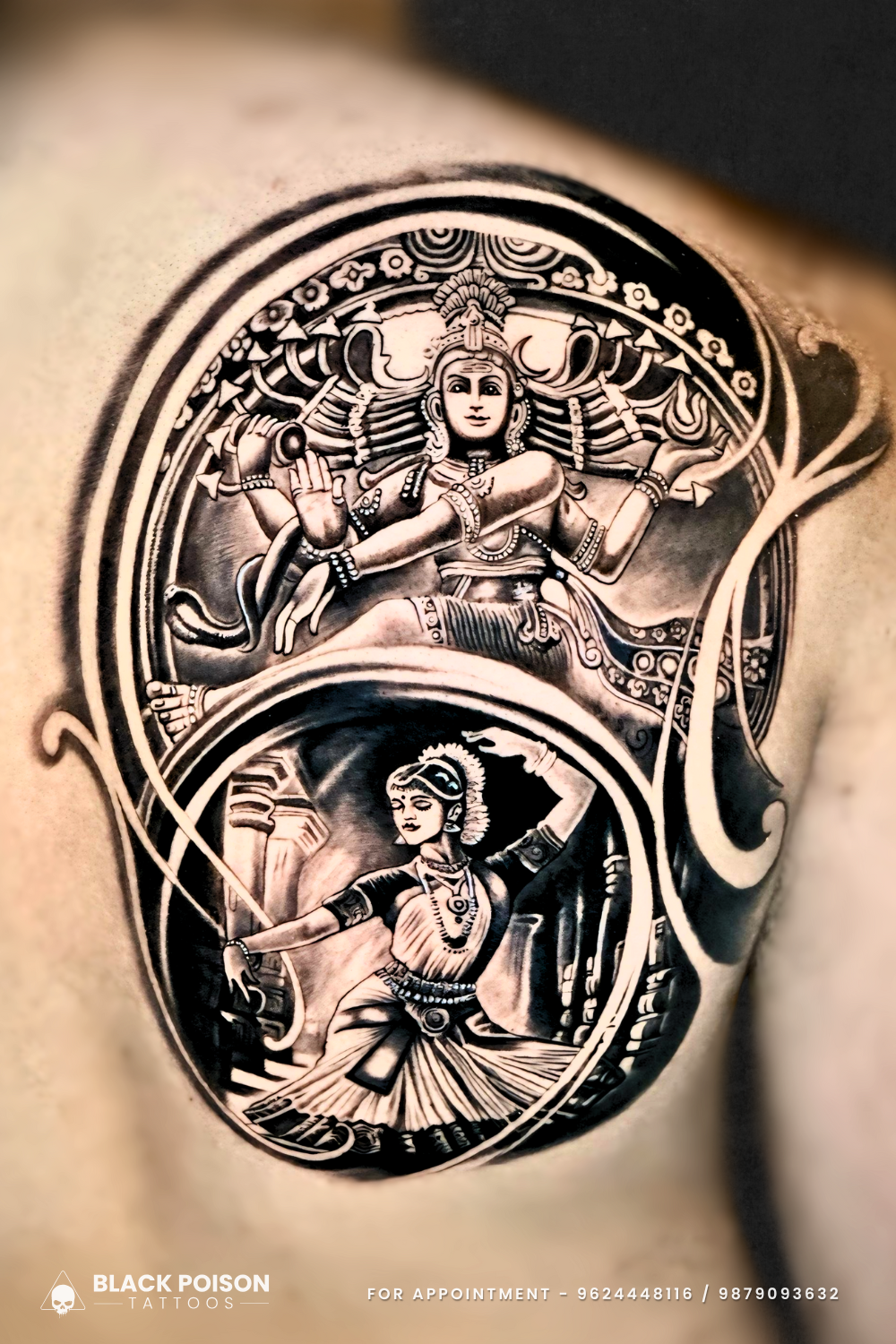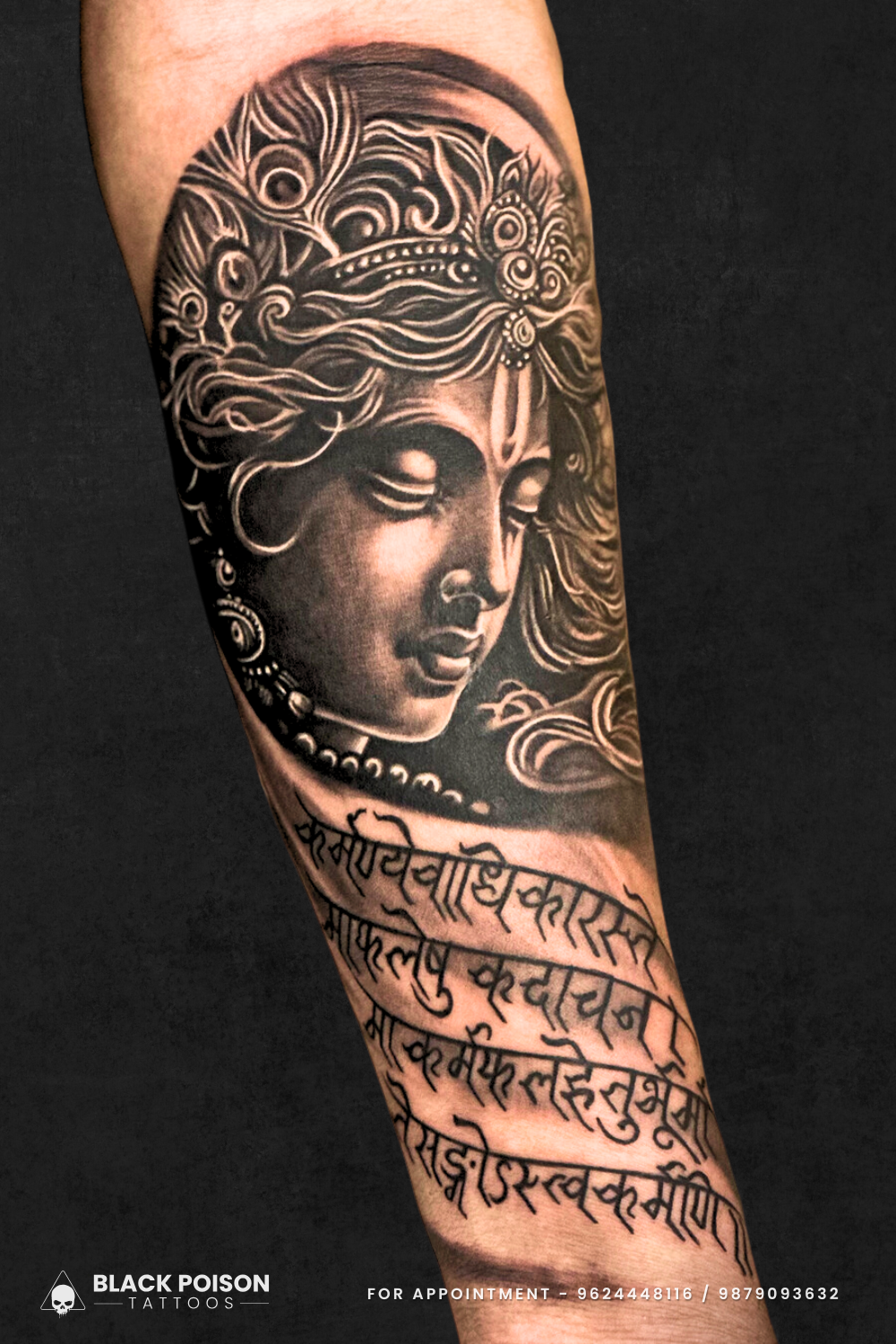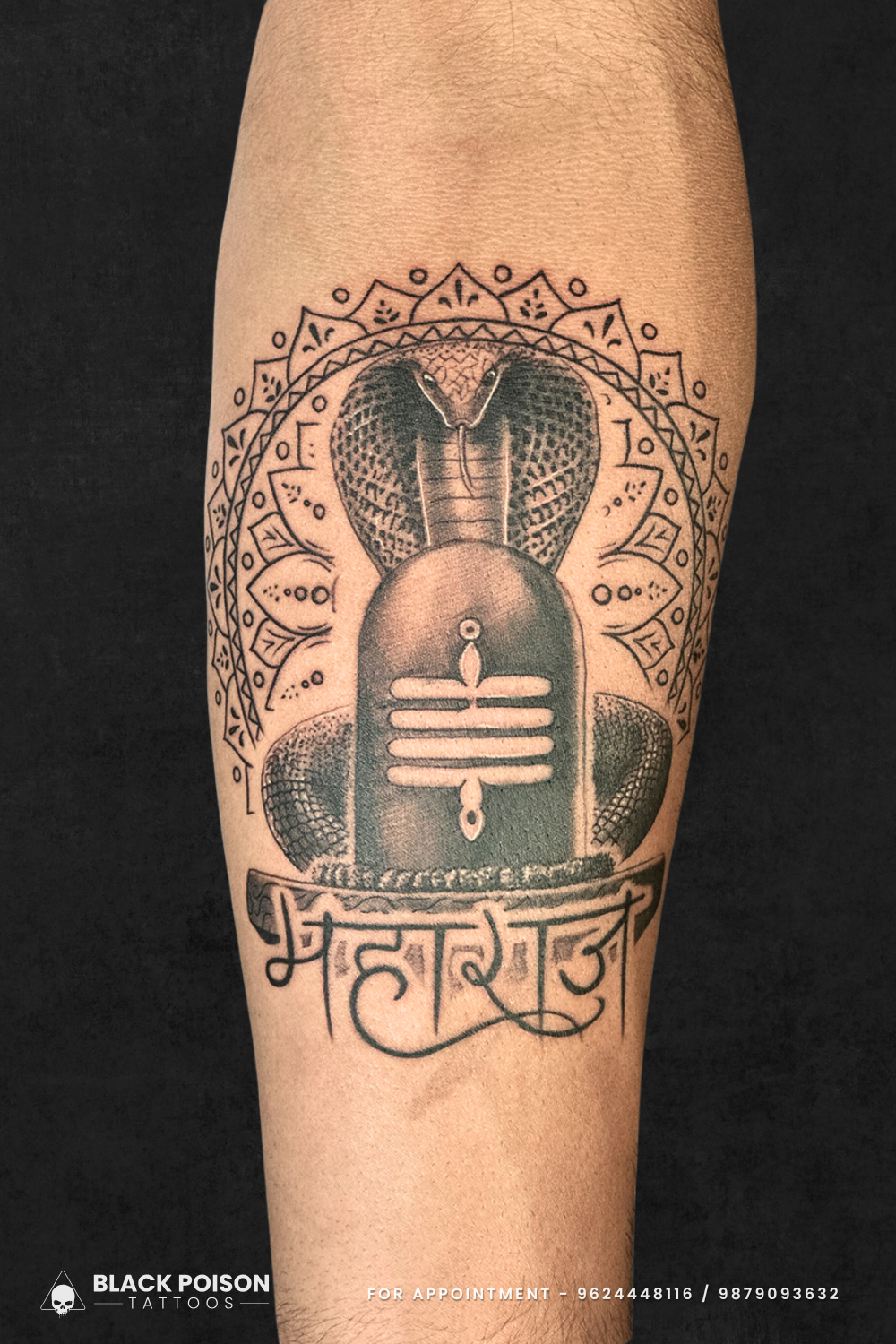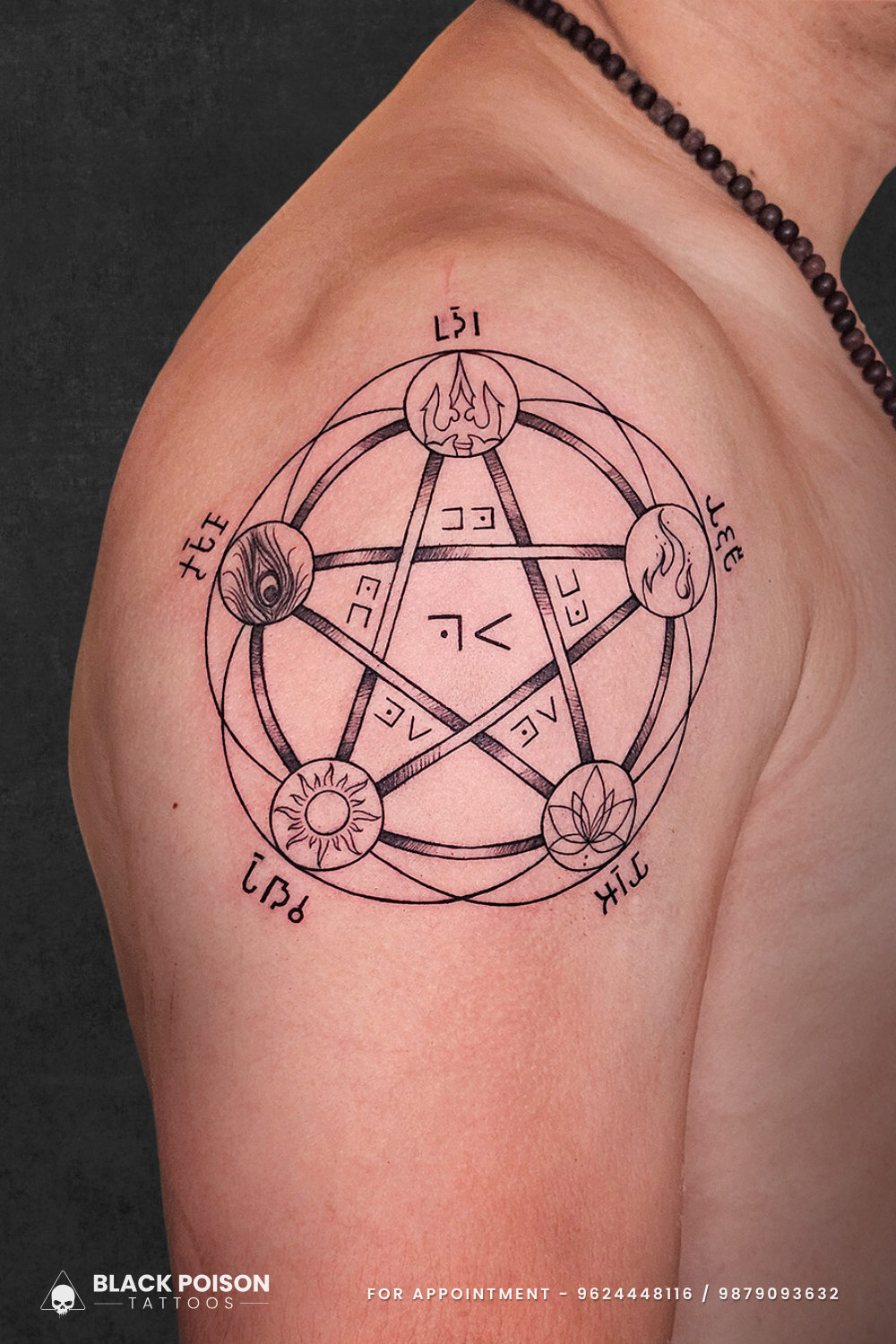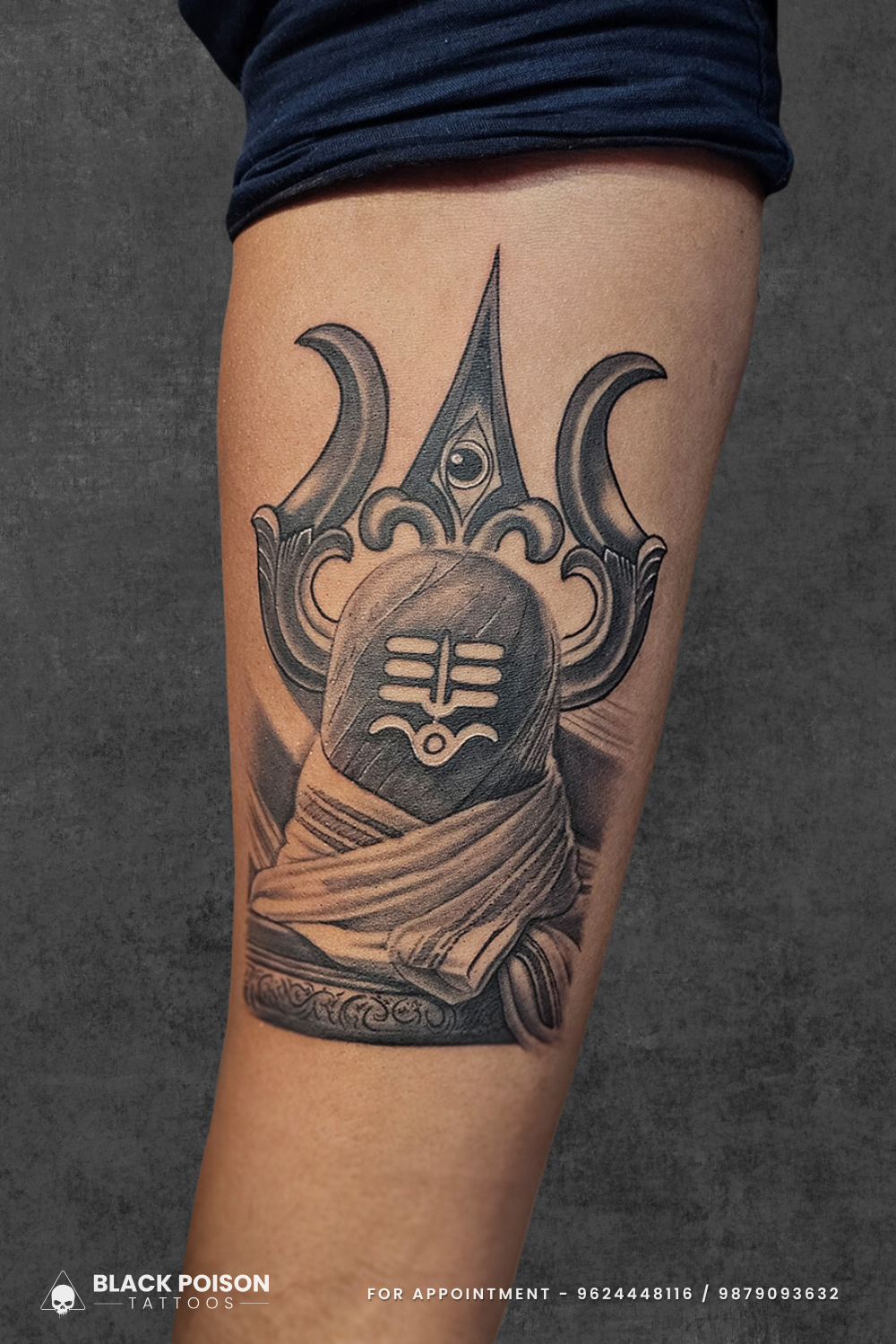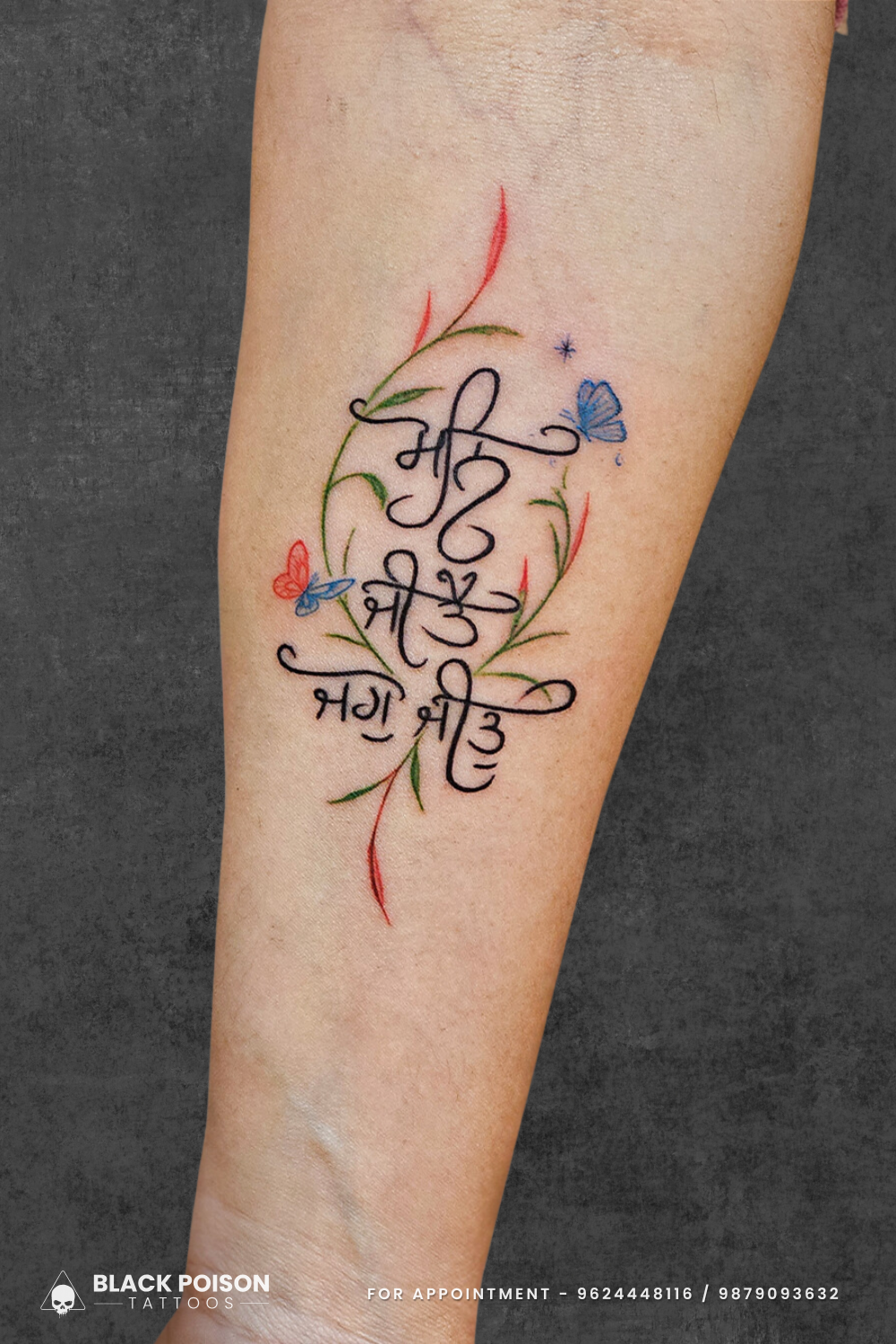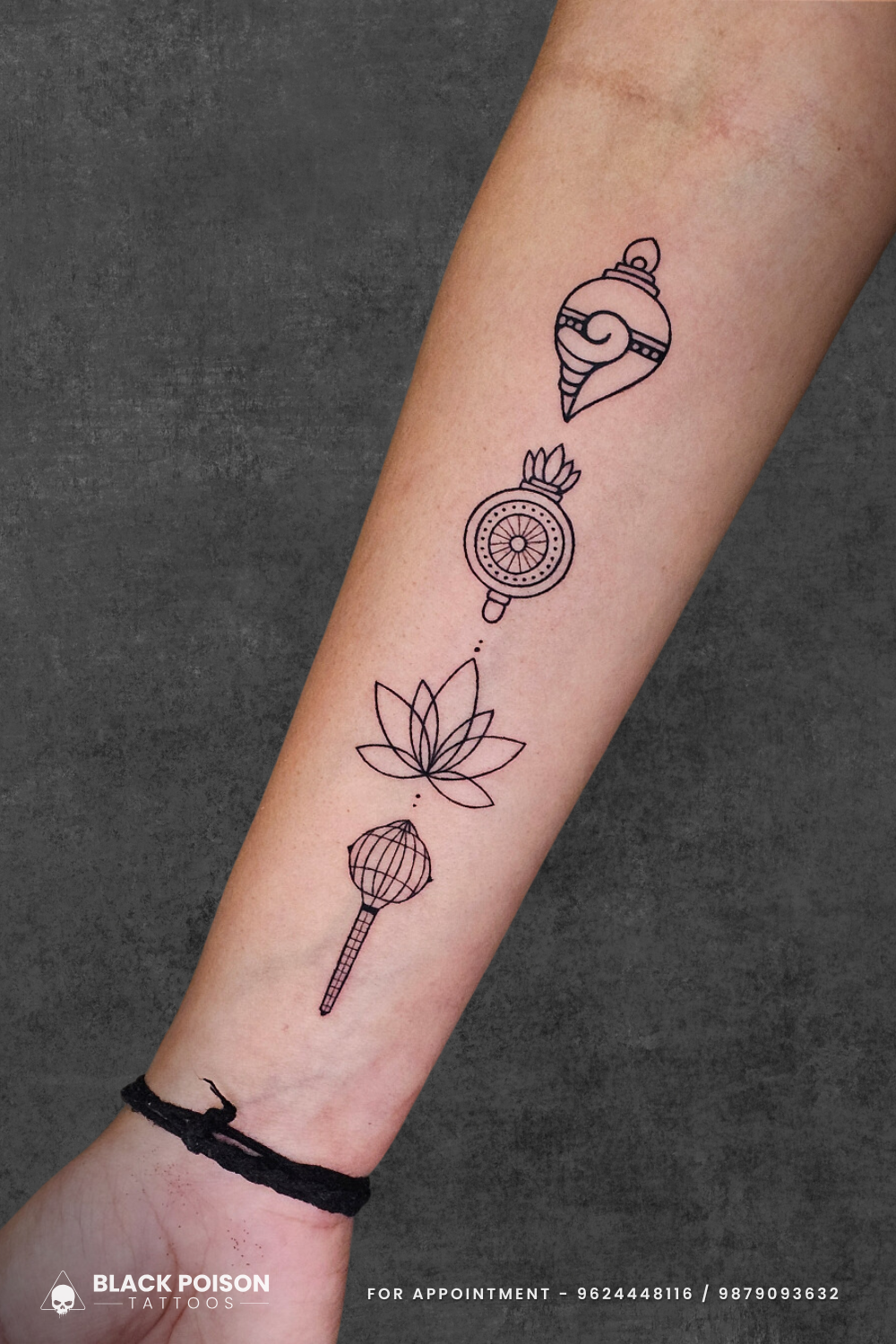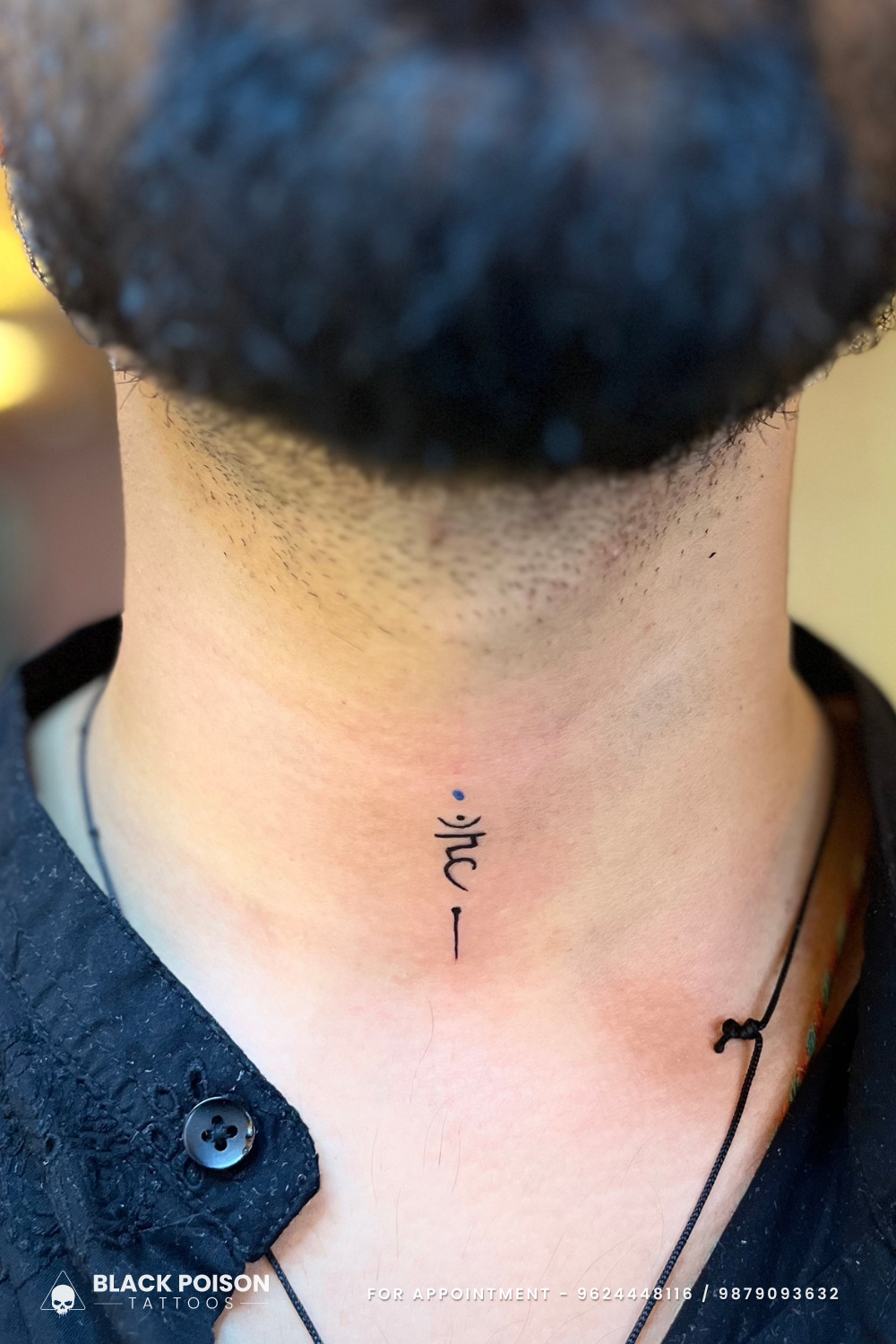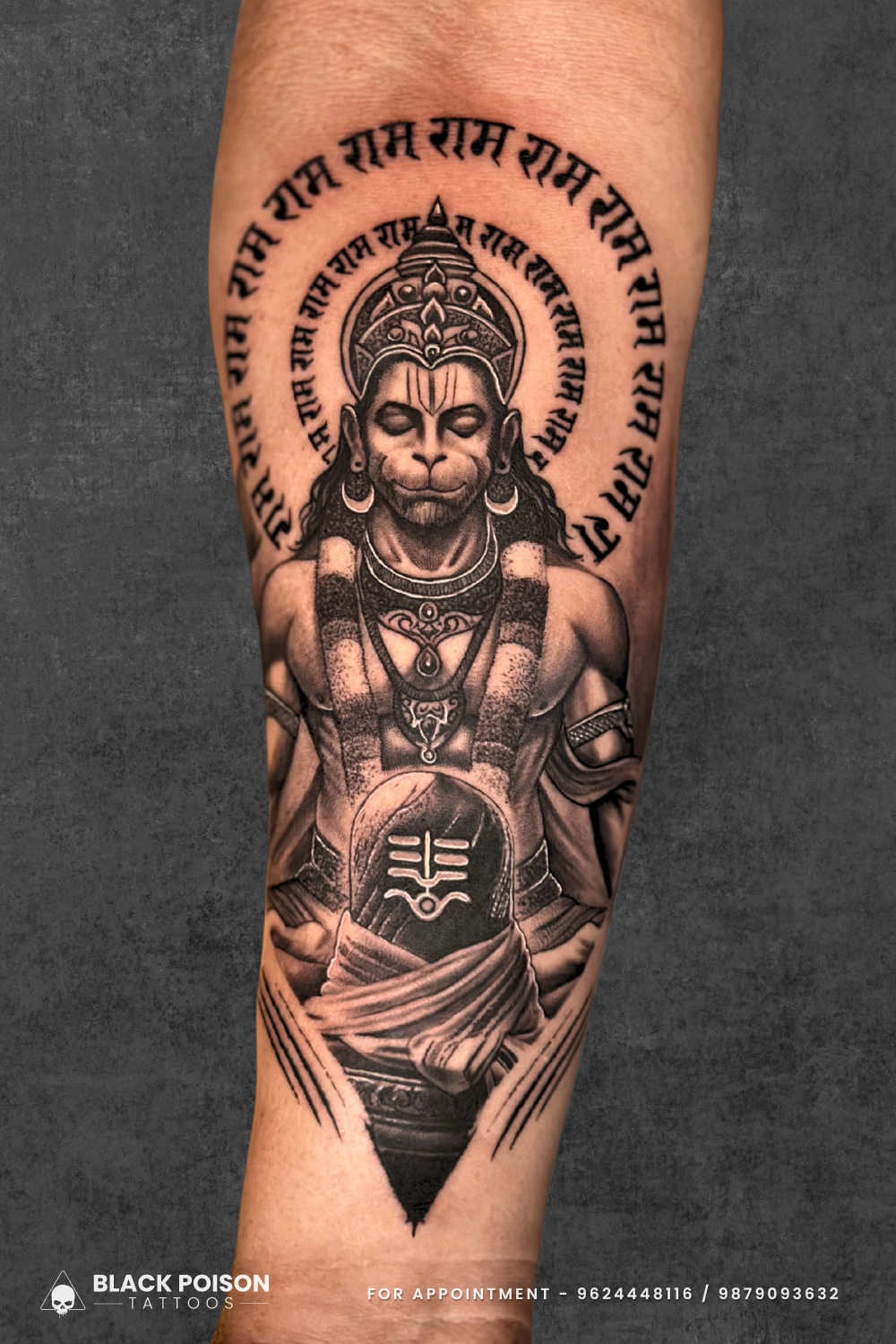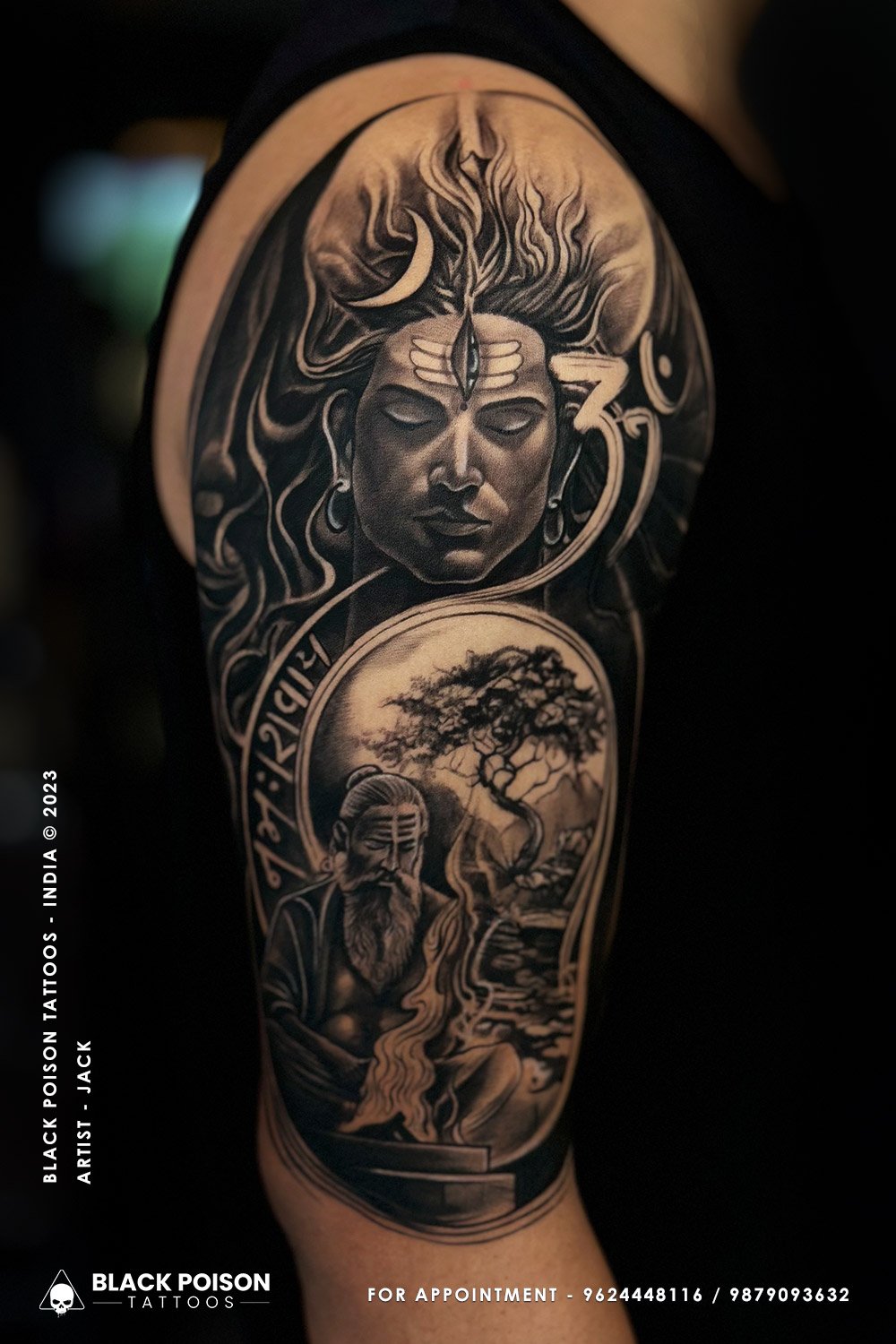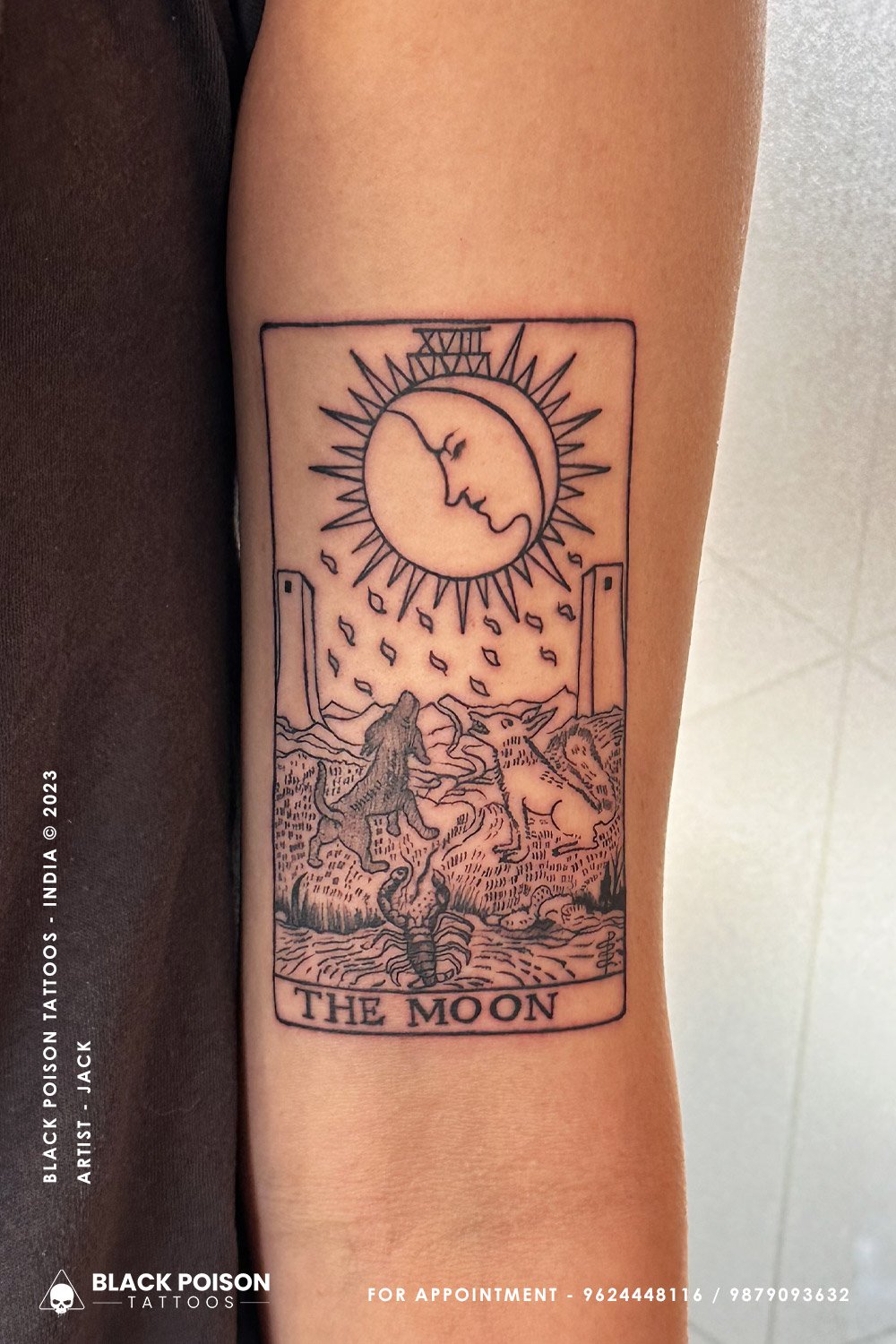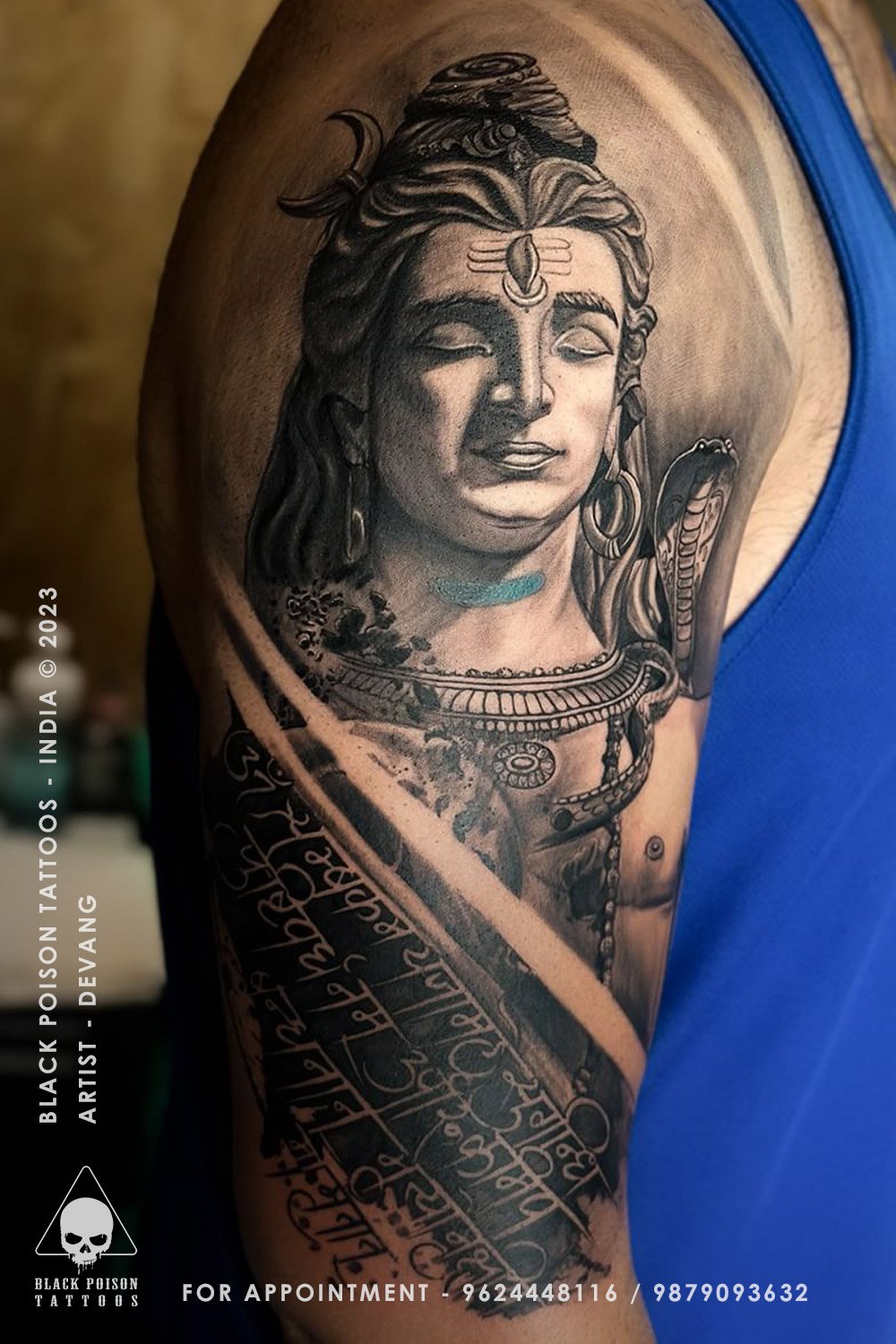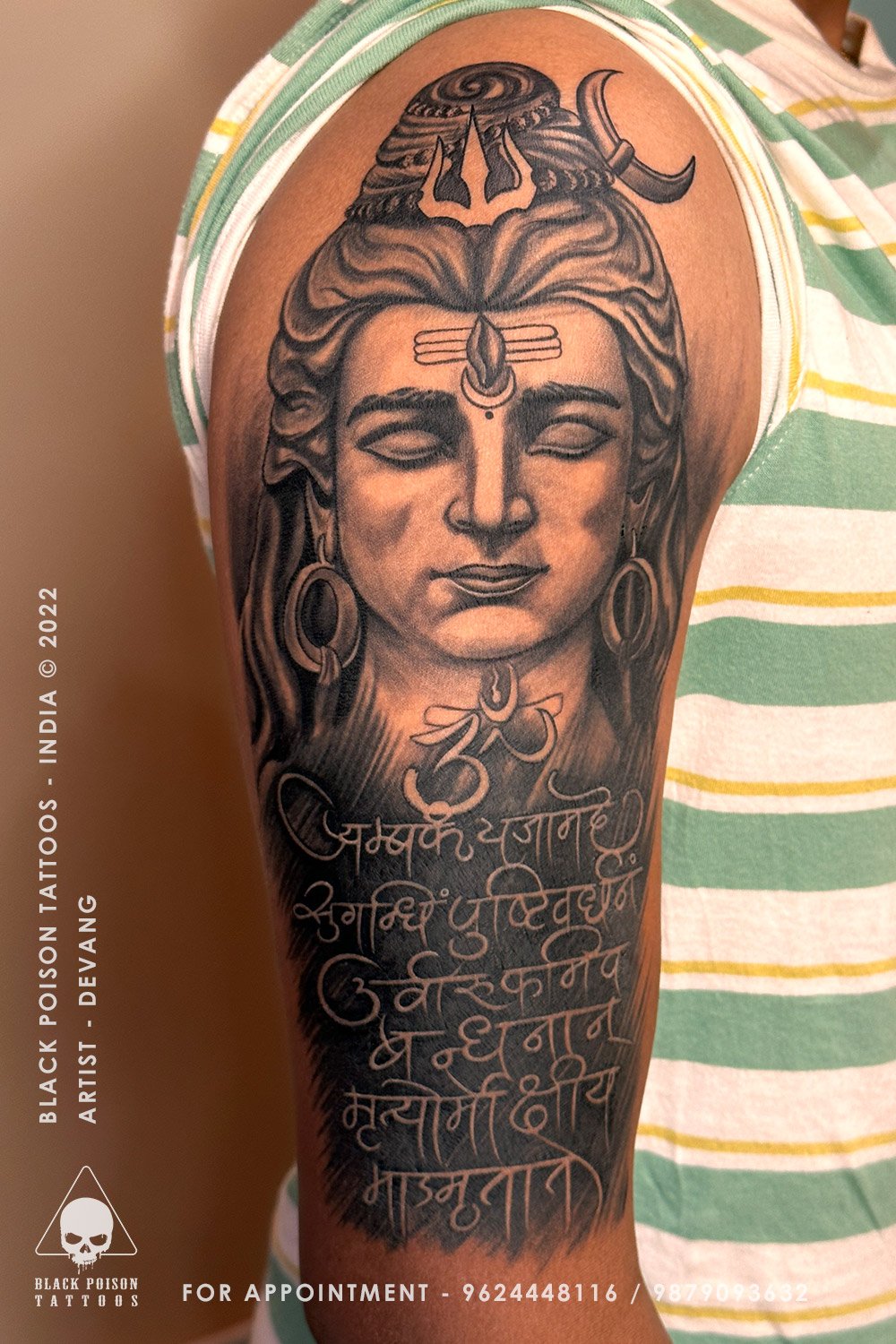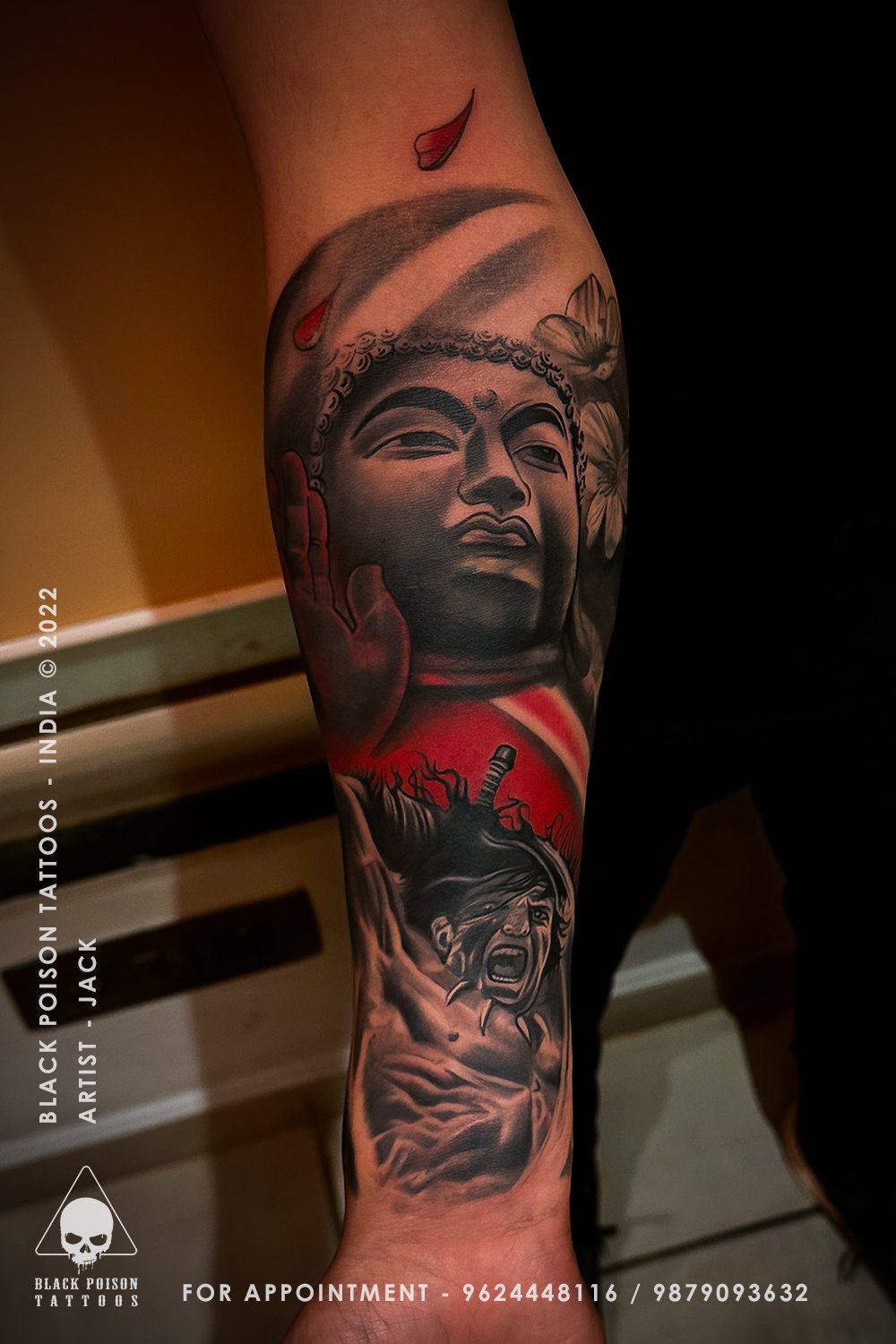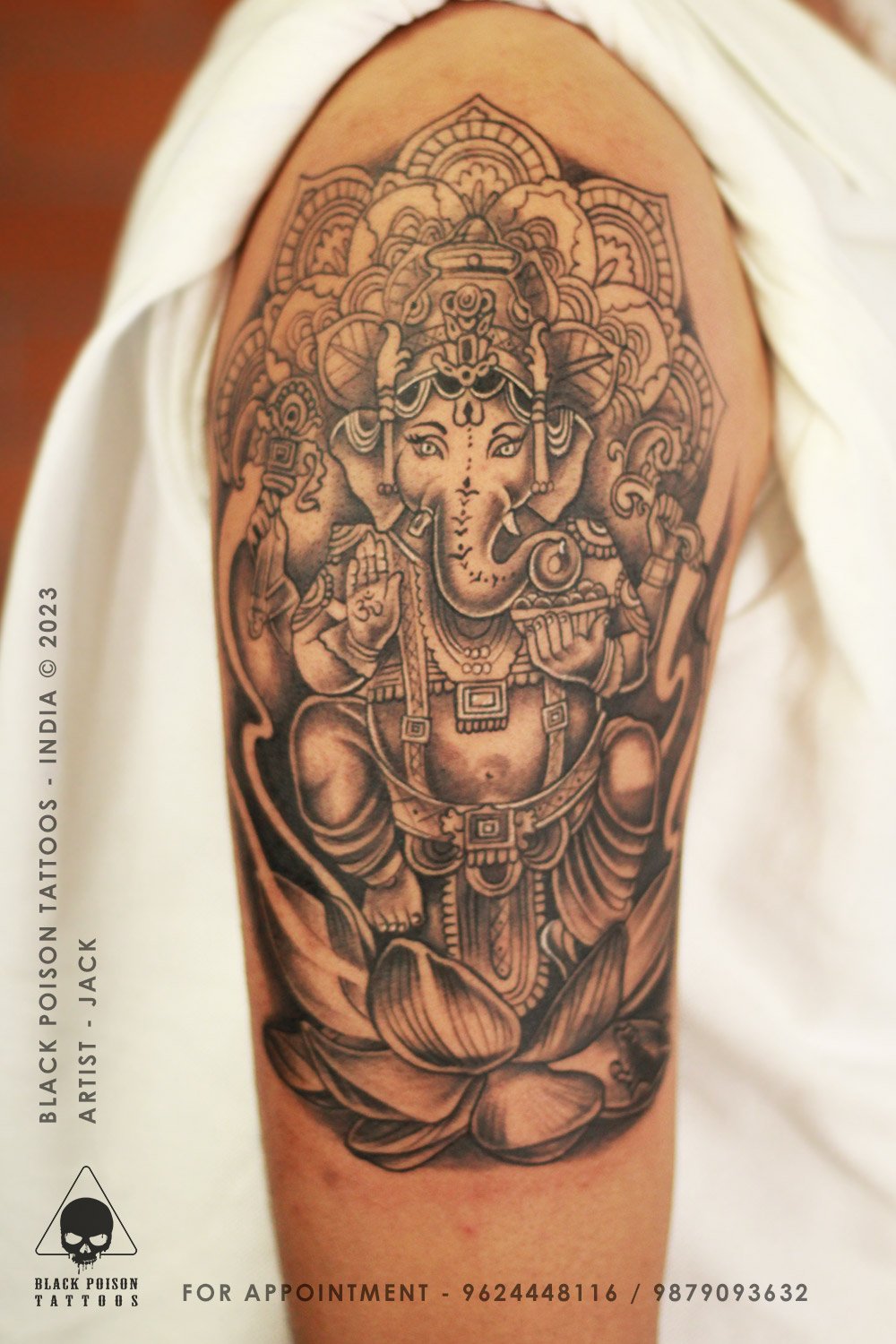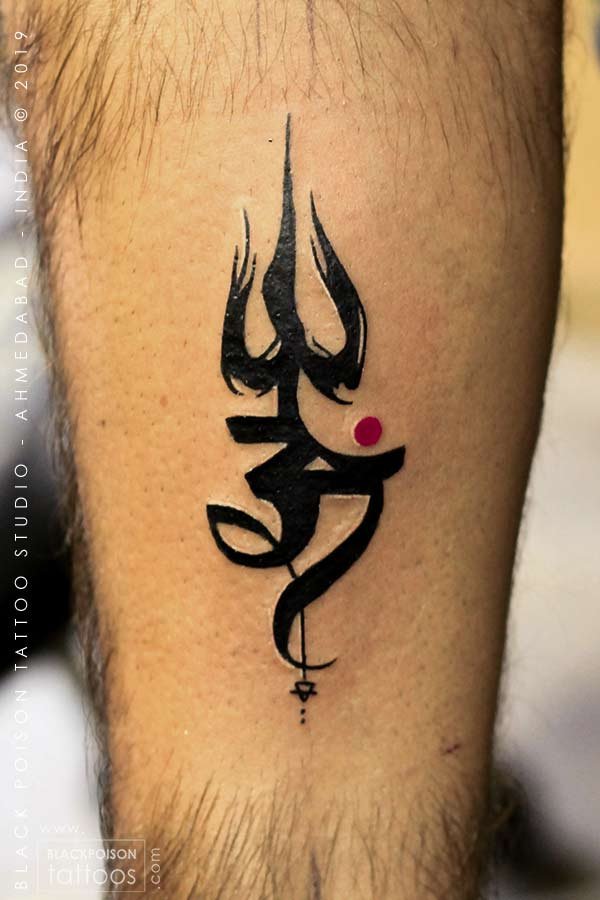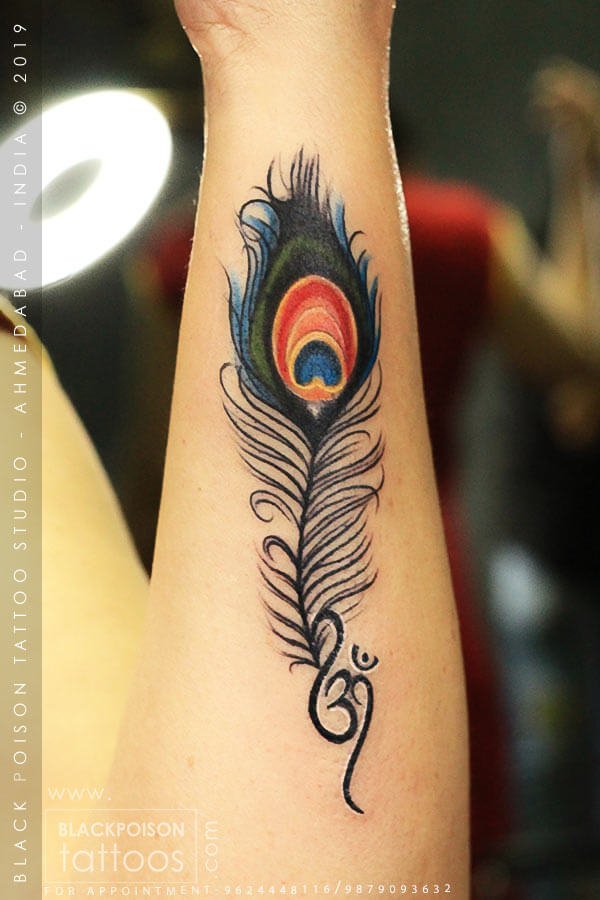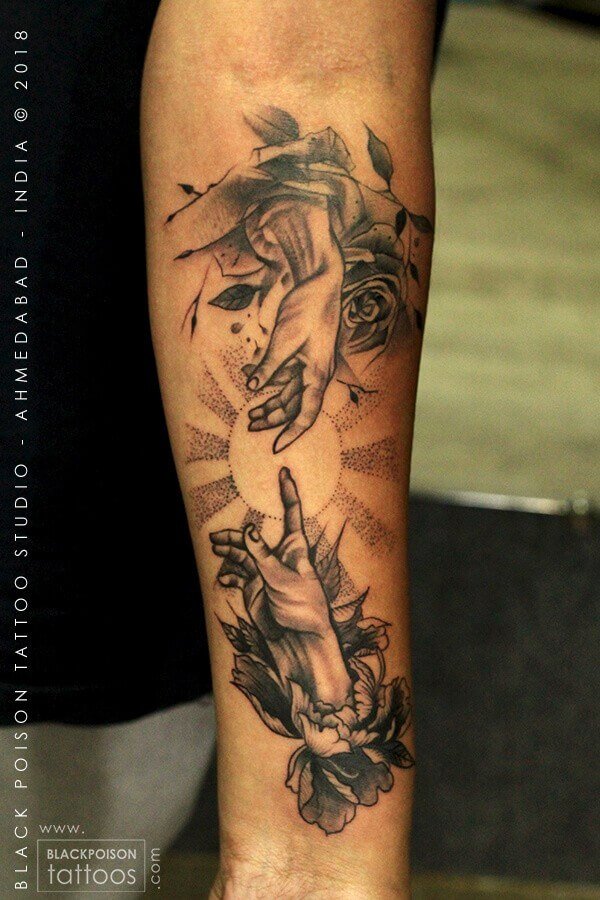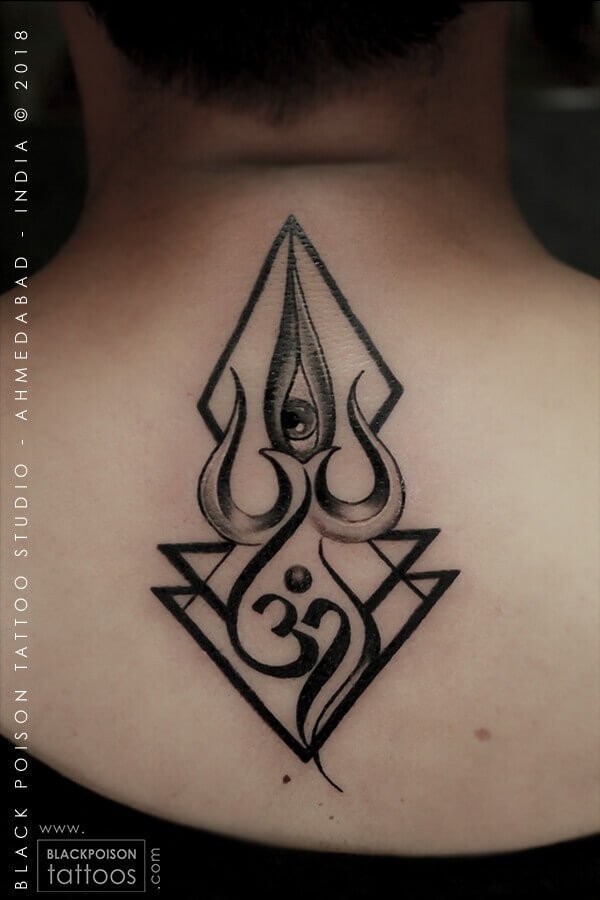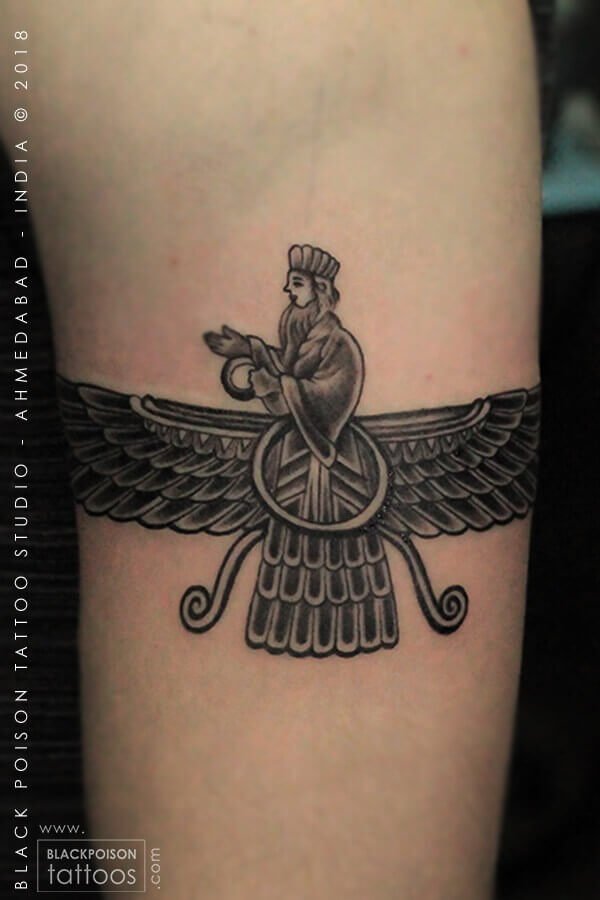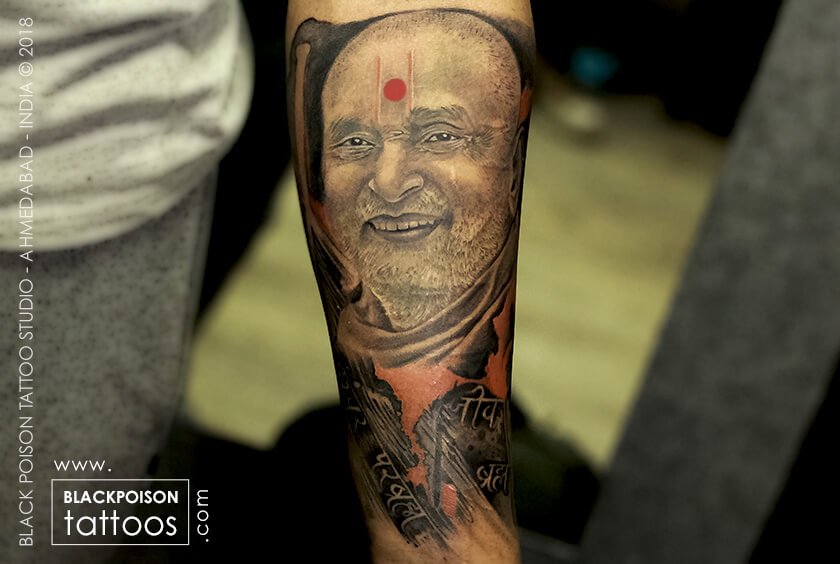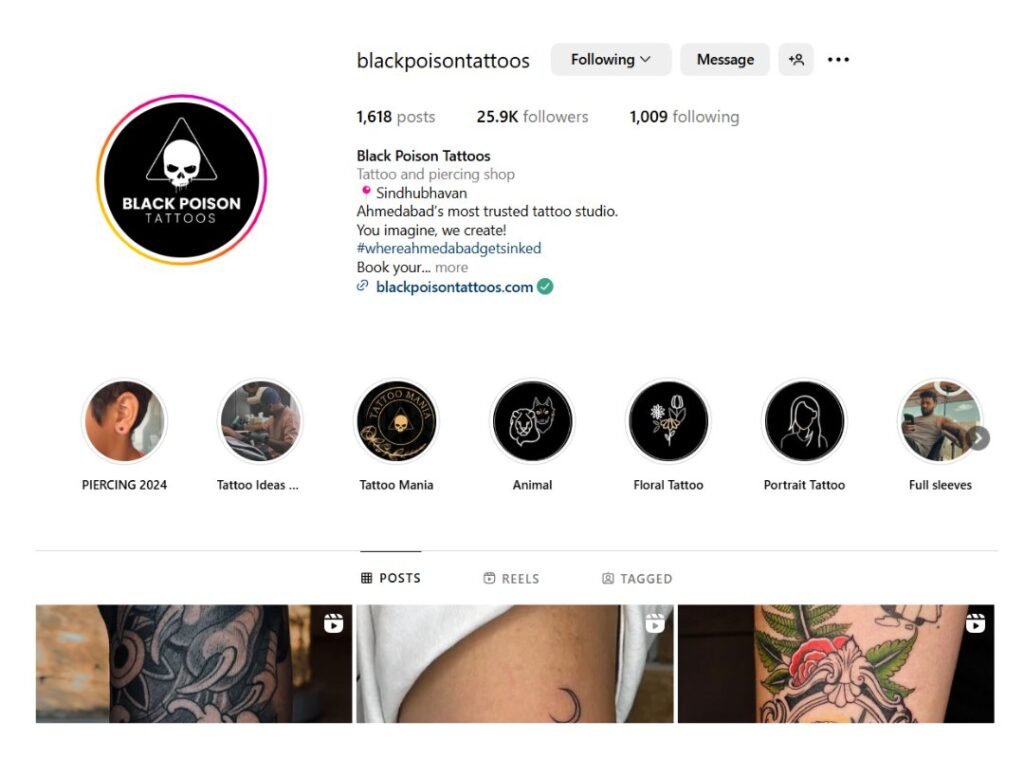Religious Tattoos: A Sacred Expression of Devotion and Art
Religious tattoos have long been a profound way for individuals to express their faith, spirituality, and cultural identity. In India, a land steeped in diverse religious traditions and artistic heritage, these tattoos hold even deeper significance. From the intricate depictions of Hindu deities like Lord Shiva and Vishnu to minimalist designs like Om symbols and mandalas, religious tattoos in India are more than just body art—they are sacred symbols etched onto the skin as a testament to one’s beliefs.
This category celebrates the rich tapestry of religious tattoos, exploring their meanings, origins, and modern adaptations. Whether you’re drawn to the majestic Trishul tattoo of Lord Shiva or the serene imagery of Lord Buddha, this space offers insights into the spiritual and cultural essence behind each design.
The Historical Roots of Religious Tattoos in India
India has a long history of tattooing, with roots that trace back thousands of years. Tribal communities like the Baiga in Madhya Pradesh practiced Godna, a traditional form of tattooing that served as both a rite of passage and a spiritual safeguard. For the Baiga people, tattoos were believed to protect against evil spirits and guide the soul in the afterlife. These designs often featured geometric patterns, nature-inspired motifs like the sun and moon, and symbols tied to folklore.
Similarly, tattoos played an important role in other tribal cultures across India. In Northeast India, tattoos were used to denote clan affiliations, while in South India, intricate designs like Pachaikuthikiridu symbolized devotion to deities or marked significant life events. These ancient practices laid the foundation for modern religious tattoos, which continue to blend spirituality with artistic expression.
Symbolism and Spiritual Significance
Religious tattoos are deeply symbolic, often reflecting personal beliefs, cultural heritage, or a connection to divine forces. Each design carries unique meanings that resonate with its wearer:
1. Lord Shiva Tattoos
Lord Shiva is one of the most popular inspirations for religious tattoos in India. Known as the destroyer and transformer in Hinduism, Shiva represents power, protection, and spiritual awakening. Tattoos featuring Shiva often include:
Trishul (Trident): A symbol of destruction and creation, representing balance in life.
Damru (Drum): Signifying cosmic rhythm and creation.
Third Eye: Representing inner vision and enlightenment.
Mahamrityunjay Mantra: A powerful mantra for healing and protection often paired with Shiva imagery.
Shiva tattoos range from realistic portraits showcasing his meditative state to minimalist designs featuring his iconic symbols like Om Namah Shivaya or the Tandava pose.
2. Vishnu Symbols Tattoos
Lord Vishnu symbolizes preservation and balance in Hindu mythology. Tattoos inspired by Vishnu often feature his sacred symbols:
Shankh (Conch): Representing victory over evil forces.
Chakra (Disc): Symbolizing time and cosmic order.
Lotus: A mark of purity and divine beauty.
Gada (Mace): Representing strength and authority.
These designs are often chosen by those seeking balance, strength, or divine guidance in their lives.
3. Om Tattoos
The Om symbol is one of the most universally recognized spiritual icons in Hinduism and Buddhism. It represents the sound of the universe and is believed to bring peace, harmony, and spiritual awakening to its bearer. Om tattoos are often combined with other elements like Trishul or lotus flowers for added depth.
4. Lord Buddha Tattoos
Tattoos inspired by Lord Buddha reflect serenity, enlightenment, and inner peace. Common designs include Buddha’s meditative pose or symbolic elements like:
The Bodhi Tree, under which Buddha attained enlightenment.
The Dharma Wheel, representing the path to enlightenment.
Sanskrit mantras like “Om Mani Padme Hum,” signifying compassion.
5. Fusion Tattoos
Modern tattoo enthusiasts often combine multiple religious elements into fusion designs that reflect their personal beliefs or spiritual journeys. For example:
A tattoo featuring Lord Hanuman alongside Shivling and Ram-Ram chants symbolizes devotion across different aspects of Hinduism.
Sacred geometry combined with elemental symbols reflects a connection between spirituality and universal energy.
Modern Trends in Religious Tattoos
Religious tattoos have evolved significantly over time, blending traditional symbolism with contemporary artistry:
1. Minimalist Designs
Minimalist tattoos are growing increasingly popular among younger generations who prefer subtle expressions of spirituality. Simple Om symbols, lotus flowers, or small Trishul designs are elegant yet meaningful choices for those seeking understated body art.
2. Realistic Portraits
Realistic depictions of deities like Lord Shiva or Lord Krishna are favored by those who want detailed artwork that captures divine beauty and strength.
3. Sacred Geometry
Sacred geometry designs incorporate mathematical patterns found in nature (e.g., mandalas) with spiritual elements like chakras or elemental symbols.
4. Calligraphy Tattoos
Elegant calligraphy featuring Sanskrit mantras (e.g., Mahamrityunjay Mantra) or Punjabi quotes adds a timeless touch to religious tattoos.
5. Temporary Spiritual Tattoos
For those hesitant about permanent ink, temporary options using jagua ink or henna allow individuals to experiment with spiritual designs during festivals or special occasions.
Regional Variations in Religious Tattoos Across India
India’s diverse cultural landscape has given rise to unique regional styles of religious tattoos:
North India: Tribal Godna tattoos feature bold geometric patterns inspired by folklore and nature.
South India: Pachaikuthikiridu designs emphasize symmetry and storytelling through intricate depictions of deities.
Coastal Regions: Fishermen often ink protective symbols like anchors or sea deities to safeguard against oceanic dangers.
Urban Areas: Contemporary styles incorporating sacred geometry or fusion elements are more prevalent among urban youth.
Ethical Considerations in Religious Tattooing
While religious tattoos are celebrated for their beauty and meaning, they also come with ethical considerations:
Cultural Appropriation: Global trends often borrow Indian religious motifs (e.g., mandalas) without understanding their cultural significance, raising concerns about respect for indigenous traditions.
Religious Sensitivities: Some conservative communities view tattoos as taboo due to religious restrictions on body modification.
Preservation of Tribal Art: Efforts are underway to document fading tribal tattoo traditions like Godna to ensure they are honored rather than commercialized.
What You’ll Discover in This Category
This category dives deep into the world of religious tattoos in India, offering insights into their meanings, origins, and artistic interpretations:
Explore iconic designs like Shiva’s Trishul tattoo or Vishnu’s Shankh-Chakra-Lotus-Gada combination.
Learn about minimalist trends such as Om symbols or yoga-inspired “Breathe” tattoos.
Discover fusion styles that blend multiple spiritual elements into unique designs.
Understand the historical roots of tribal Godna tattoos and their cultural significance.
Gain inspiration from modern adaptations incorporating sacred geometry or calligraphy.
Whether you’re considering your first tattoo or simply fascinated by this sacred art form, this category provides everything you need to know about religious tattoos from an Indian perspective.
Final Thoughts
Religious tattoos transcend mere aesthetics—they are deeply personal expressions of faith, spirituality, and identity that connect individuals to something greater than themselves. In India’s rich cultural context, these tattoos serve as bridges between ancient traditions and modern artistry while honoring the divine essence within each design.
By exploring this category’s diverse range of posts—from majestic Shiva portraits to minimalist Om symbols—you’ll gain a deeper appreciation for the beauty and meaning behind these sacred works of art etched onto human skin!
